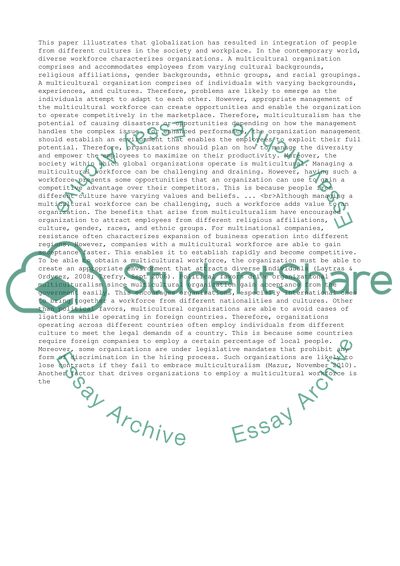Cite this document
(“Characteristics of Multicultural Organization Research Paper”, n.d.)
Retrieved from https://studentshare.org/management/1465044-which-characteristics-comprise-a-multicultural
Retrieved from https://studentshare.org/management/1465044-which-characteristics-comprise-a-multicultural
(Characteristics of Multicultural Organization Research Paper)
https://studentshare.org/management/1465044-which-characteristics-comprise-a-multicultural.
https://studentshare.org/management/1465044-which-characteristics-comprise-a-multicultural.
“Characteristics of Multicultural Organization Research Paper”, n.d. https://studentshare.org/management/1465044-which-characteristics-comprise-a-multicultural.


